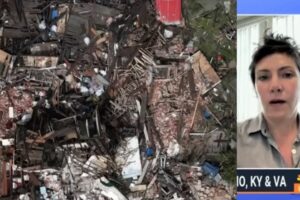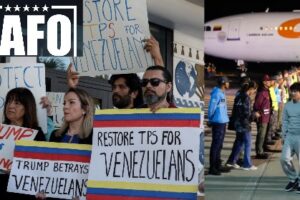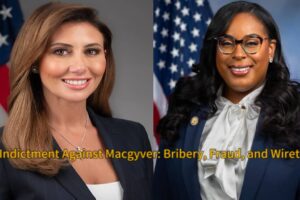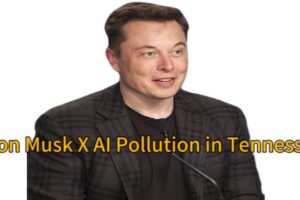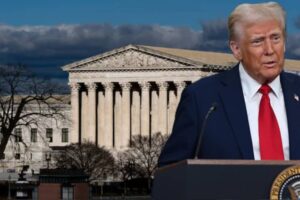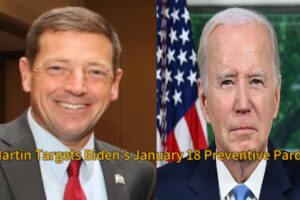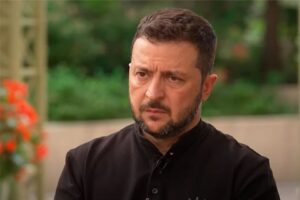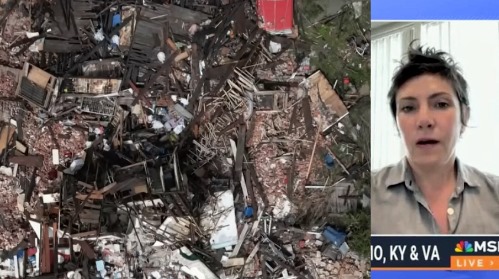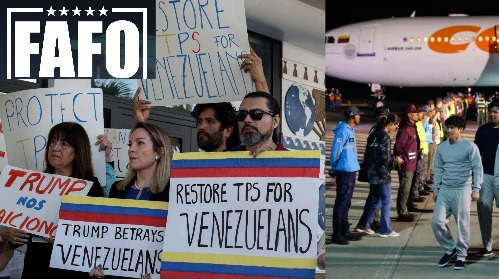St. Louis Devastated by EF3 Tornado | On May 16, 2025, an EF3 tornado tore through the heart of St. Louis, Missouri, leaving a trail of destruction in its wake. The twister touched down at 2:41 p.m. CDT in Clayton and rapidly gained strength as it roared through the DeBaliviere Place and Central West End neighborhoods. It continued across the Mississippi River, striking parts of Illinois, including Granite City and Pontoon Beach, before finally dissipating near the SIU-Edwardsville campus.
The aftermath was devastating. At least seven lives were lost, and more than 38 people sustained injuries. Over 5,000 buildings were damaged or destroyed, and infrastructure across the city was critically affected. More than 100,000 customers experienced power outages, further complicating the already dire emergency response.
Leadership in Crisis: Mayor Spencer Declares Emergency, Criticizes Federal Inaction
St. Louis Devastated by EF3 Tornado | In the wake of the catastrophe, Mayor Cara Spencer moved swiftly, declaring a state of emergency and imposing a nightly curfew in the most heavily impacted zones. Her decisive action aimed to stabilize the situation and facilitate coordinated recovery operations. However, as days passed with no significant federal engagement, Mayor Spencer’s frustration grew.
Speaking candidly, she stated, “FEMA has not been on the ground. We do not have confirmed assistance from FEMA at this point.” Her remarks underscored the growing concern among residents and local officials over the absence of federal support. This pointed criticism highlighted what many see as a broader failure of the Trump administration to adequately address natural disasters, even those affecting regions that largely supported him politically.
A Pattern of Neglect As Americans Face Natural Disasters Like EF3 Tornado?
St. Louis Devastated by EF3 Tornado | The St. Louis tragedy is not an isolated case. Across the country, several Republican-leaning states that were key to President Trump’s re-election have also reported delayed or denied federal assistance following natural disasters. In April, Arkansas Governor Sarah Huckabee Sanders had her request for a major disaster declaration denied after deadly tornadoes swept through her state.
Similarly, communities in Mississippi such as Tylertown continue to wait for federal help months after experiencing devastating storms. Critics argue that the administration’s rationale—that state and local governments should handle the recovery—unfairly burdens already overwhelmed local systems and reflects a troubling disinterest in disaster-struck regions, regardless of their political leanings.
Economic Fallout and Policy Contradictions in Trump’s Heartland
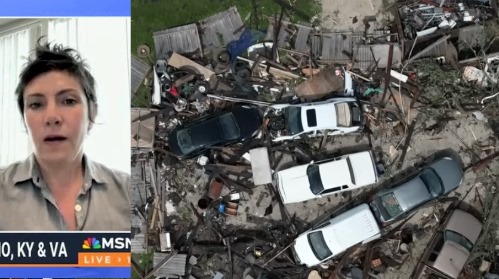
St. Louis Devastated by EF3 Tornado | While many rural and conservative communities voted overwhelmingly for Trump, several of his policies have inadvertently harmed these same populations. The administration’s trade war with China significantly reduced soybean exports, slashing farmer income in states like Wisconsin. Farmers there described the situation as a “perfect storm” of declining yields, lost export markets, and policy abandonment.
Additionally, programs designed to support farmers and provide domestic markets through federal food aid have been dismantled, further straining the agricultural sector. Combined with rising inflation and a disrupted supply chain, these decisions have intensified economic pressures in regions already vulnerable to climate-related events.
Federal Preparedness in Question: FEMA Staffing Cuts and Leadership Concerns
St. Louis Devastated by EF3 Tornado | Another contributing factor to the delayed response in St. Louis may be internal dysfunction within FEMA itself. Under reforms pushed by Trump’s Department of Government Efficiency—led by Elon Musk—the agency experienced sweeping staff reductions, including the loss of seasoned emergency management professionals.
David Richardson, the interim FEMA head, recently acknowledged that the agency’s hurricane response plan was only 80–85% ready—a staggering admission amid the growing frequency of extreme weather events. With an overstretched and under-resourced FEMA, cities like St. Louis are left to rely heavily on local governance and volunteer efforts in times of dire need.
The Human Cost and the Fight for Federal Recognition
St. Louis Devastated by EF3 Tornado | Mayor Spencer’s appeal for urgent assistance is not just about logistics—it’s about justice. In areas like North St. Louis, where the effects of the tornado compounded longstanding issues of neglect and underinvestment, federal aid could mean the difference between rebuilding and collapse.
Governor Mike Kehoe has submitted a formal request for a major disaster declaration covering 28 counties, including St. Louis. The request includes provisions for both Individual and Public Assistance. Yet, without timely approval, thousands of Missouri residents remain in limbo, uncertain whether federal support will arrive before it’s too late.
As residents clear debris and mourn their losses, the question remains: will Washington answer the call, or will politics once again eclipse compassion in America’s disaster response?

